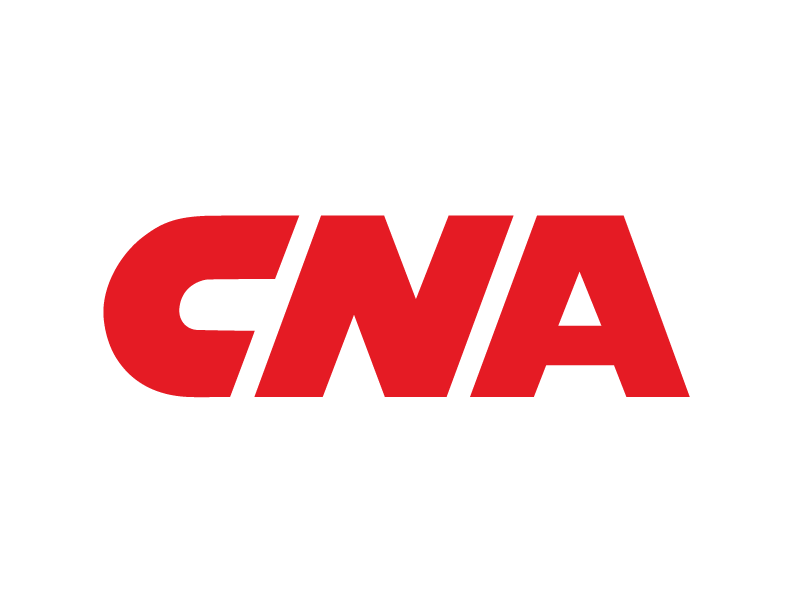Risky Business: How Your Construction Exposures Vary by Site
Location, location, location.
Whether your contracting firm is renovating a historical facility in Vancouver, building a warehouse in northeast Alberta, or green retrofitting an office in a Toronto high-rise, your construction site has exposures.
Indeed, construction has a lot of moving parts and complex issues, and knowing the differences between building sites is a critical step toward ensuring safety and project completion.
Read on for more information about three different construction building scenarios and their risks.
Risk analysis: Renovation versus new construction
Renovation projects can be fun to work on, but there are a lot of potential unknowns within those structures. Do you know what is behind every wall? It is possible that building blueprints may be inaccurate, especially in older structures. As a result, you may accidently cut through an active electrical line and cause a fire, or you may damage an existing water pipe and cause a flood.
In effect, your construction firm is working within a confined space, enhancing another person's work. You may find that electrical or other systems may need to be replaced before you can proceed with the renovation. And the location of wiring or pipes may not be where you would have installed them, and you will need to discover how to work around those issues.
On the opposite side, new construction projects on "greenfield" sites don't have these exposures. On an untouched site, your contractors will be able to build in a systematic way. But new construction projects are not risk free: Ground sampling and Geotagging will need to be conducted in order to determine where you hit water and whether the ground can support your building.
Risk analysis: Urban versus rural areas
You may think that building in an urban environment has fewer risk exposures than a rural area, and in some respects, it does. An urban construction site is closer to fire department stations and protection services, such as fire hydrants. These fire departments are all fully staffed with knowledgeable, trained and experienced firefighters. On the other hand, fire departments in unprotected, rural areas may be located 10 or 15 miles away, and be staffed by an all-volunteer crew who could have trouble even finding your construction site. Depending on the municipality, the address for your construction site and a fire-fighting water supply may not yet exist.
While urban areas have access to fire protection, road congestion may prevent firefighters from quickly arriving to your site. Some areas, including Old Montreal and Old Quebec City, have narrow roads that not only impede fire trucks, but also increase your difficulty when moving large machinery to your site.
Risk analysis: High-rise versus low-rise buildings
The risks with high-rise construction sites are similar to those posed by an urban environment. But it's not just roads that are congested — high-rise building lots are congested as well. Your construction site will be very close to neighbouring structures and may even share walls with other businesses. In the event of fire, not only will it take more time for firefighters to ascend to the roof or higher floors, but the damage may spread beyond your construction project and into another building.
High-rise sites also pose risks to the public below. When your project requires cranes or other equipment, you will need to arrange scaffolding protection over walkways and possibly divert traffic. And if those cranes are being used in areas known for high-speed winds, such as Calgary, your project gains an additional risk exposure.
Risks are more controllable in low-rise construction sites because your project doesn't necessarily need cranes and generally uses less equipment. However, your project still has exposures, including those from fire, dust and electrical, as well as occupational hazards, work-related accidents and injuries.
Construction risks create unique insurance challenges, and firms must be aware of a building site's potential exposures. In a fast-moving industry where hazards are found around every corner, managing your risk is critical. For more information on the insurance solutions that CNA Canada provides to its construction customers, click here to learn more.
The purpose of this article is to provide information, rather than advice or opinion. It is accurate to the best of the author's knowledge as of the date of the article. Accordingly, this article should not be viewed as a substitute for the guidance and recommendations of a retained professional.
To the extent this article contains any examples, please note that they are for illustrative purposes only and any similarity to actual individuals, entities, places or situations is unintentional and purely coincidental. In addition, any examples are not intended to establish any standards of care, to serve as legal advice appropriate for any particular factual situations, or to provide an acknowledgement that any given factual situation is covered under any CNA insurance policy. Please remember that only the relevant insurance policy can provide the actual terms, coverages, amounts, conditions and exclusions for an insured. All CNA products and services may not be available in all provinces and may be subject to change without notice.
"CNA" is a registered trademark of CNA Financial Corporation. Certain CNA Financial Corporation subsidiaries use the "CNA" trademark in connection with insurance underwriting and claims activities. Copyright © 2018 CNA. All rights reserved.
In Canada, products and/or services described are provided by Continental Casualty Company, a CNA property/casualty insurance company. The information is intended to present a general overview for illustrative purposes only. Read CNA’s General Disclaimer.
